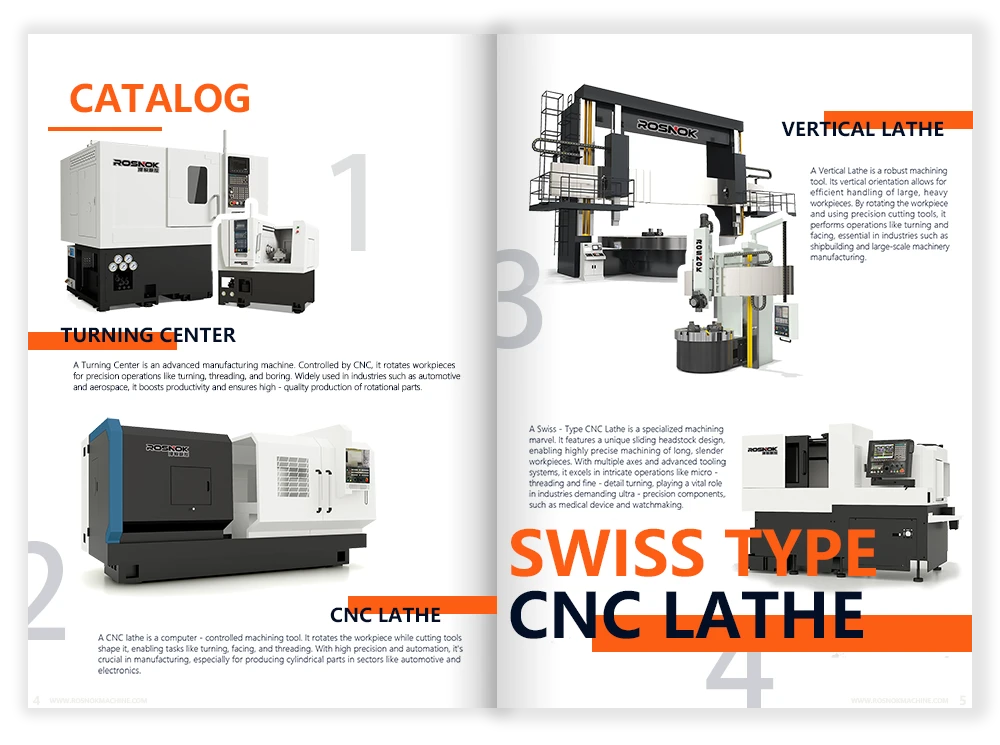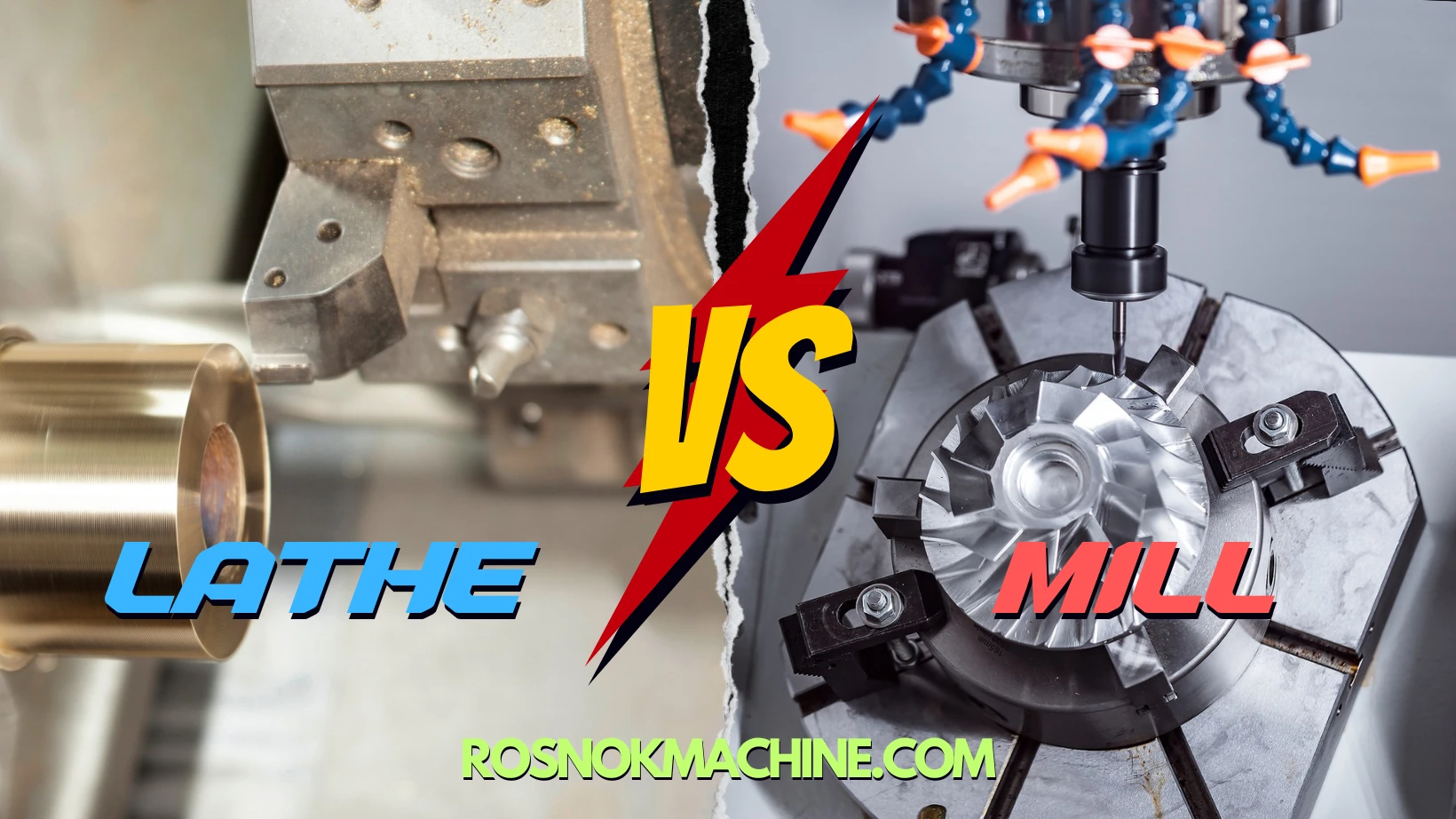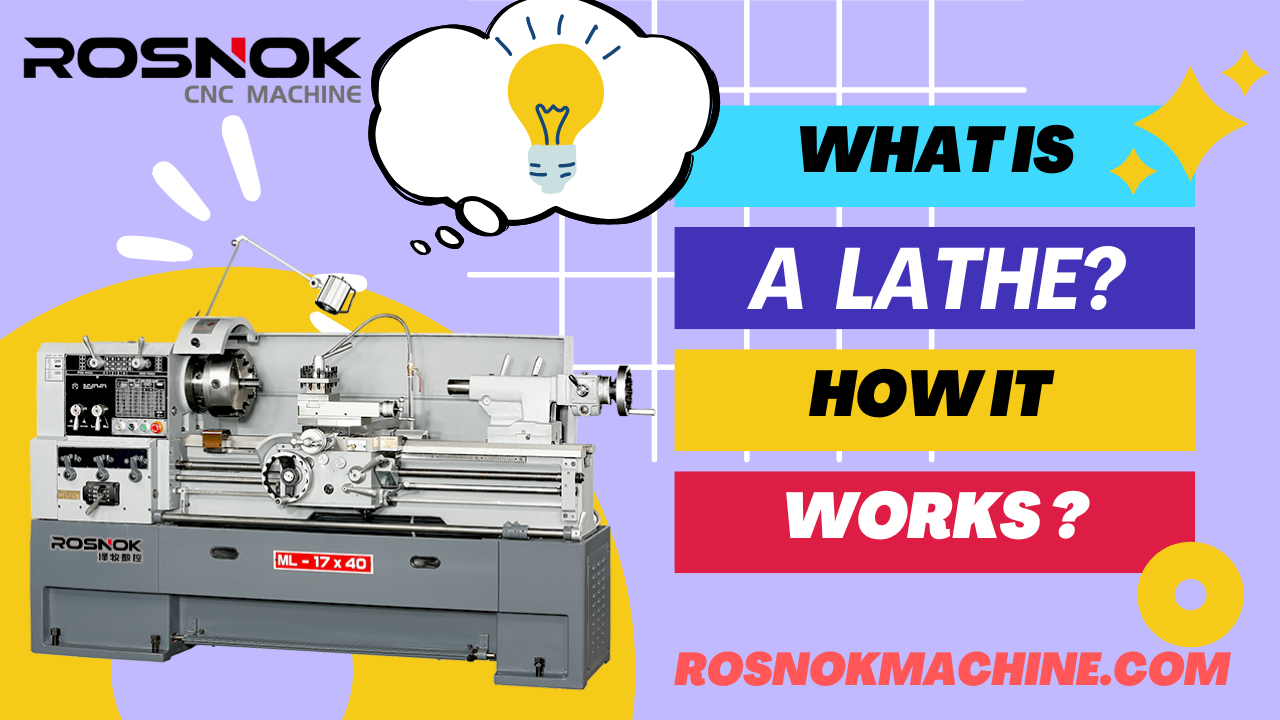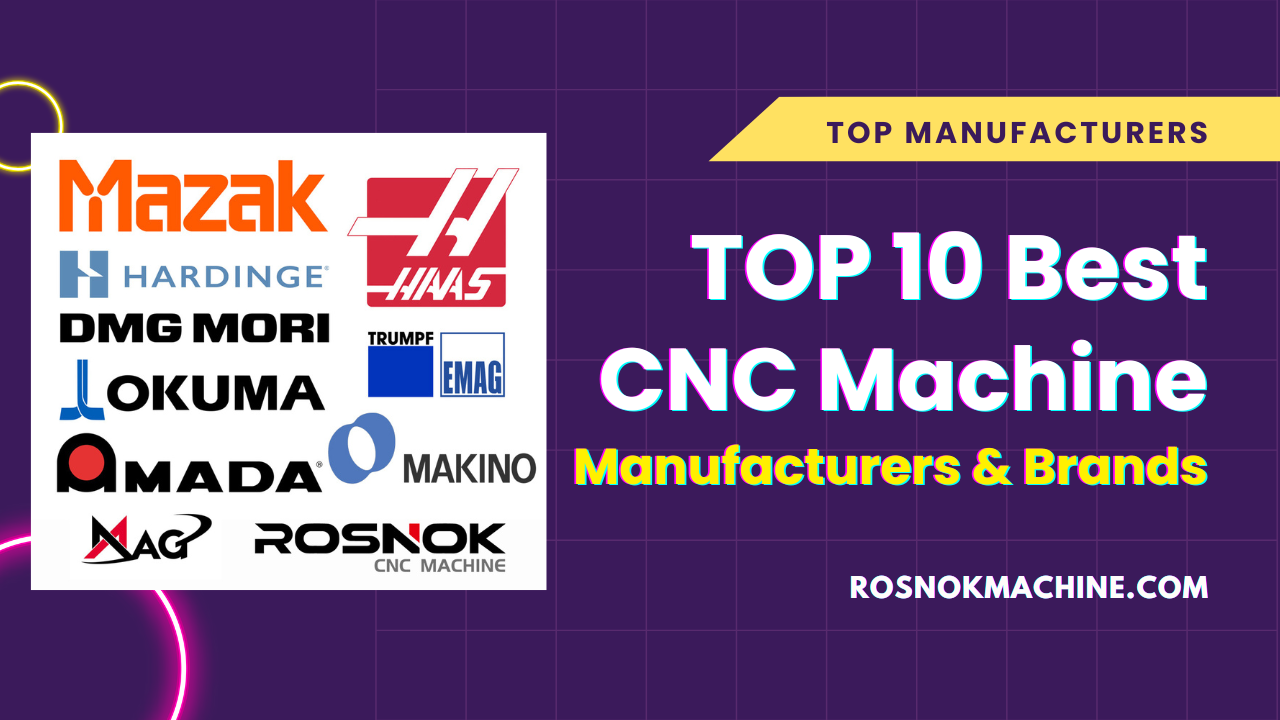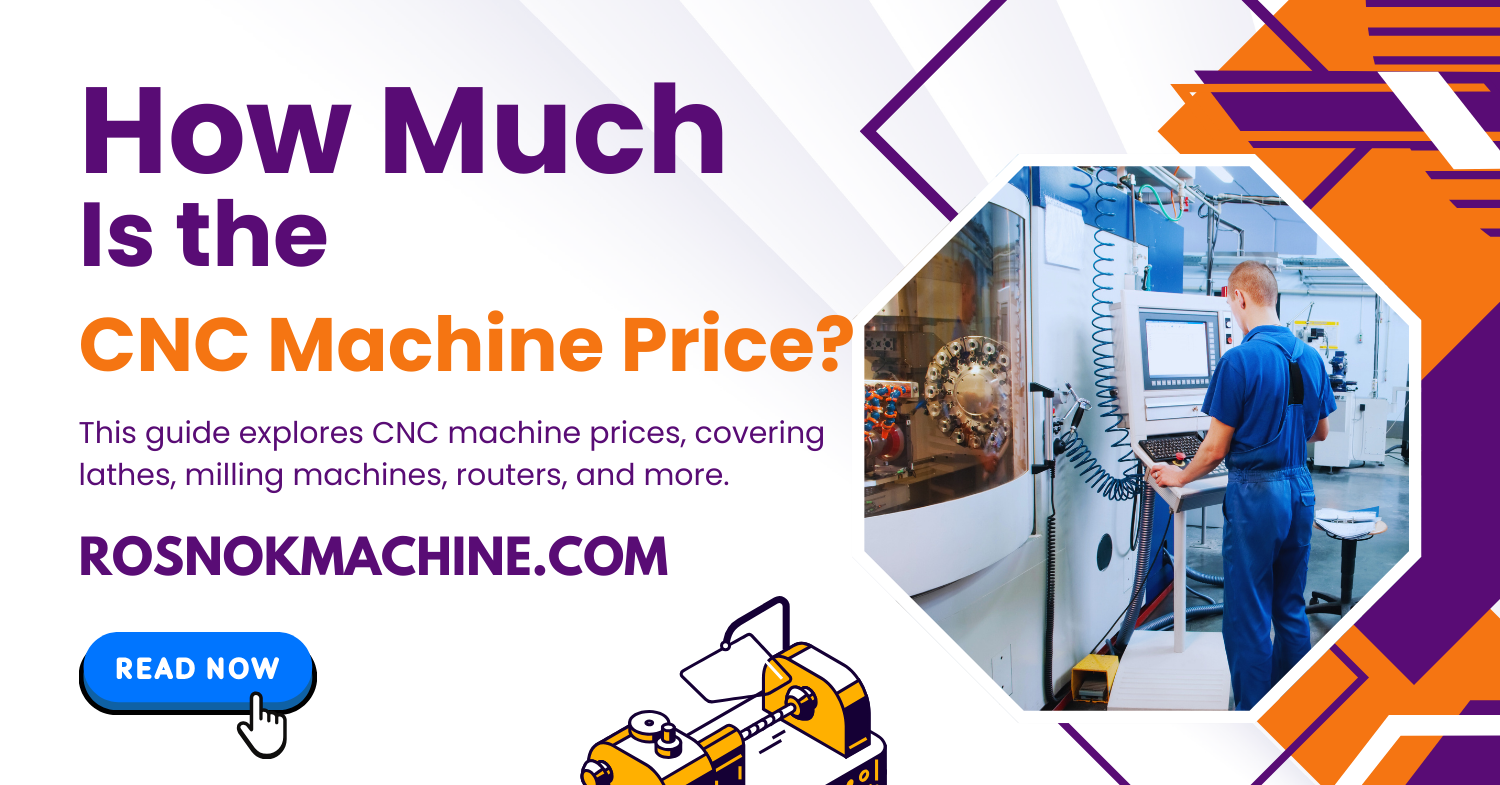What exactly is 5 axis machining, and why is it everywhere in modern manufacturing? Are you still stuck machining complex parts in multiple setups? Do your current tools limit precision, speed, or surface finish? Are competitors producing better results faster—while you’re left wondering if you’re falling behind?
5 axis machining is an advanced method where a cutting tool moves along five axes—X, Y, Z, plus two rotational axes (A and C). It’s typically performed on a 5 axis machining center or a CNC milling machine equipped with rotary capabilities. This setup enables multi-directional cutting in a single operation, allowing for smoother surface finishes, tighter tolerances, and the ability to create complex geometries that standard machines can’t handle.
Keep reading to learn what 5 axis machining is, how it works, which machines are used, and why it’s becoming essential in industries like aerospace, automotive, and medical manufacturing.
What Is 5 Axis Machining?
5 axis machining is one of the most advanced forms of precision manufacturing today. It allows tools or parts to move in five different directions, which opens up possibilities that traditional 3 axis and even 4 axis machines can’t achieve. For those new to CNC machining, understanding how these five axes work—and how they compare to other systems—is the first step in grasping what makes this technology so powerful.
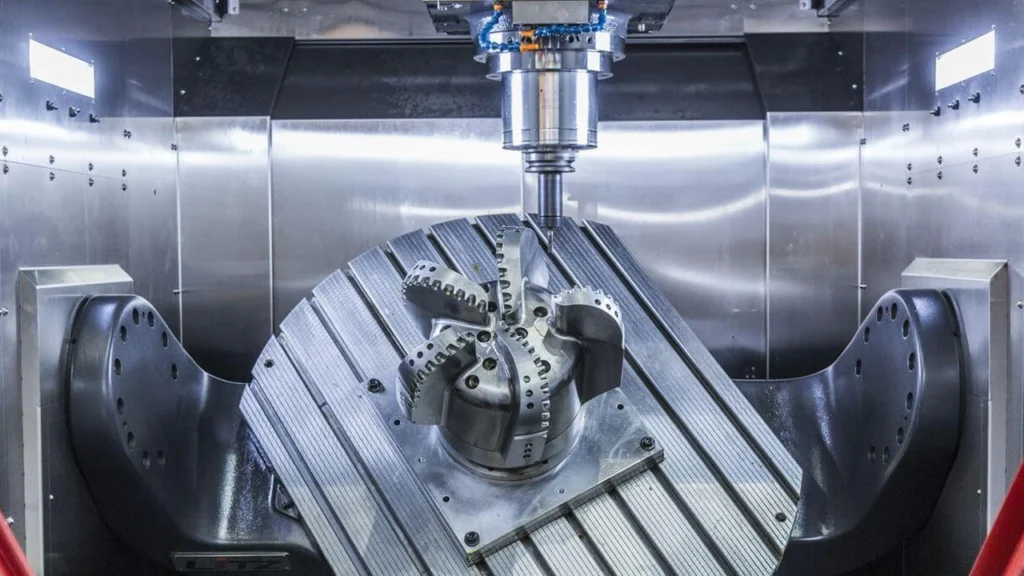
Understanding the Five Axes (X, Y, Z, A, C)
To understand 5 axis machining, it helps to start with the basic concept of movement in space. In any CNC setup, the cutting tool or the workpiece can move along three main linear axes: X (left-right), Y (front-back), and Z (up-down). These are standard in most conventional machining systems.
5 axis machining adds two rotary axes—usually labeled A and C. The A axis rotates around the X axis, and the C axis rotates around the Z axis. With these additional degrees of rotation, the machine can position the tool or part at almost any angle. This makes it possible to cut complex surfaces, undercuts, and multi-sided features without manually repositioning the part.
By combining movement along X, Y, Z, A, and C, a 5 axis cnc machining center can create smoother tool paths and reach areas that simpler machines cannot. This reduces the number of setups, improves accuracy, and boosts efficiency—making it a preferred choice in industries like aerospace, medical, and precision mold manufacturing.
If you’re new to this, think of it like a robotic arm. It doesn’t just move forward, back, and up—it can also tilt and rotate its wrist. That’s how machining 5 axis systems create complex parts in a single setup.
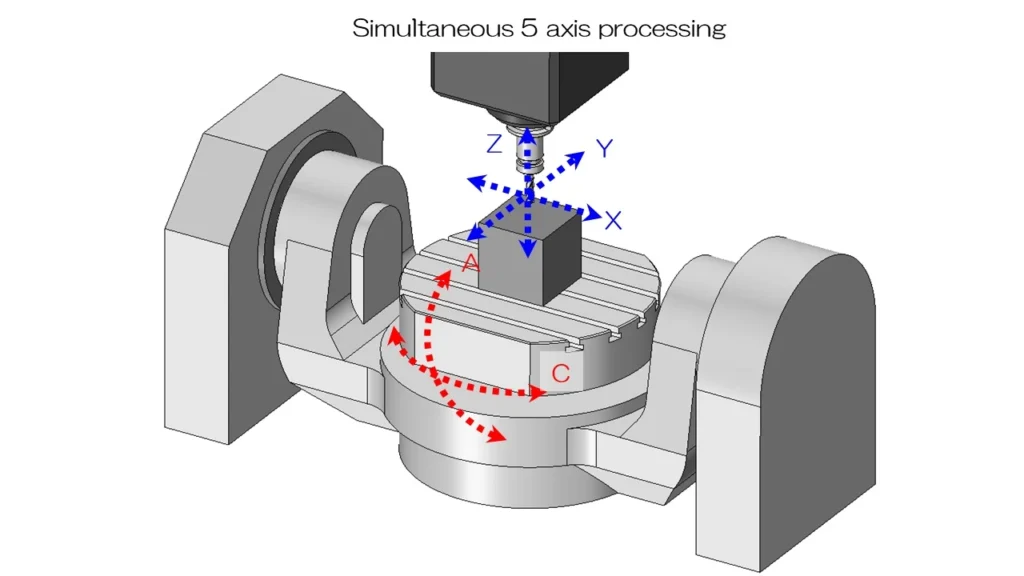
What Makes It Different from 3 Axis and 4 Axis Machining?
The key difference between 5 axis machining and lower-axis systems lies in freedom of movement. In a 3 axis setup, the part stays fixed while the cutting tool moves in straight lines along X, Y, and Z. It’s simple, but limited—machining multiple surfaces or angles often requires flipping or repositioning the part manually. This means more time, more fixtures, and greater chances of human error.
4 axis systems add one rotational axis, often allowing the part to rotate horizontally (usually the A axis). This enables certain curved surfaces to be machined without resetting the part, but it still falls short when working with complex geometries or undercuts.
In contrast, 5 axis cnc machining allows for simultaneous movement across all five axes. This is called simultaneous or continuous machining. It means the tool can maintain a constant angle to the part, even as it moves across complex 3D curves. As a result, machining 5 axis systems drastically reduce setup times, improve part quality, and enable operations that are impossible or impractical on 3 axis or 4 axis machines.
Another big advantage is surface finish. Since the tool can be positioned more precisely relative to the workpiece, it experiences less vibration and requires fewer passes. This leads to smoother finishes and longer tool life. That’s why when manufacturers compare 3 4 5 axis machining methods, they often conclude that 5 axis is the most capable—especially for parts with freeform surfaces or critical tolerances.
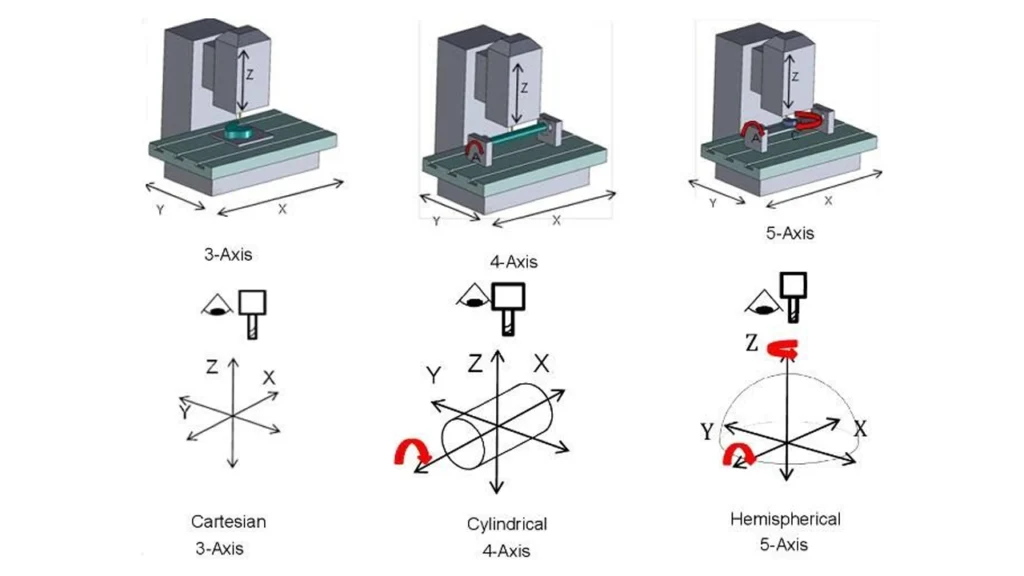
How Does 5 Axis Machining Work?
To truly understand the value of 5 axis machining, it’s important to see how the system actually works. This process involves precise coordination between linear and rotary movement, all controlled by advanced CNC systems. The tool and part move at the same time in multiple directions, allowing for accurate, efficient cutting—even on complex shapes. Unlike traditional setups, machining 5 axis components requires far less repositioning. That’s why it’s widely used in industries where accuracy, speed, and finish are critical.
Simultaneous vs. Indexed 5 Axis Machining
There are two main types of 5 axis cnc machining: simultaneous and indexed.
Simultaneous 5 axis machining means the tool and part move across all five axes at the same time. This allows for smooth, continuous cutting on curved surfaces or complex geometries. It’s ideal for aerospace components, medical implants, or any part requiring tight tolerances and high-quality surface finishes. However, it demands more powerful CNC controls and programming skills, which increases cost.
Indexed 5 axis machining, also called 3+2 machining, locks two of the rotary axes at fixed angles before cutting. The machine uses only the X, Y, and Z axes to perform the cut. This method is simpler and more affordable, but less flexible. It’s commonly used in jobs that need access to multiple sides of a part, but don’t require complex curves.
Both methods fall under the umbrella of 5 axis machining. Choosing between them depends on your part design, required accuracy, and budget. When comparing simultaneous vs indexed options, the key trade-offs are speed, cost, and complexity.
The Role of CNC Controllers and Programming
Behind every precise movement in cnc 5 axis machining is a powerful controller. These systems interpret G-code instructions and coordinate the movements of all five axes in real time. Advanced controllers like those from FANUC, Siemens, or Mitsubishi are popular in the industry for their accuracy and speed.
To create those G-code instructions, engineers use CAM (Computer-Aided Manufacturing) software. CAM programs generate the tool paths based on the 3D model of the part. The software considers tool type, material, and the geometry of each cut. In 5 axis machining, these paths are far more complex than in 3 axis setups, requiring careful planning and simulation.
Accurate programming is essential. If the toolpath is not perfectly synced, even a small error in movement can cause a collision or ruin the part. That’s why skilled programmers and reliable controller systems are the backbone of successful 5 axis machining operations.
Thanks to modern software and high-performance hardware, even smaller shops can now access 5 axis machining capabilities. But to fully unlock its potential, the right blend of software, hardware, and skill is a must.
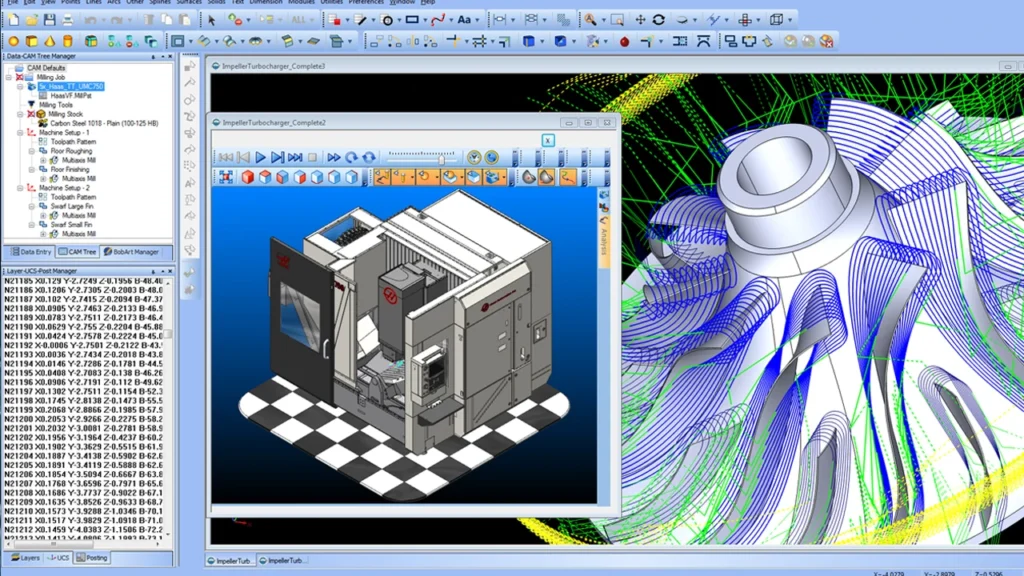
What Machines Are Used for 5 Axis Machining?
Not all machines can perform 5 axis machining. This advanced process requires special equipment designed to move both the cutting tool and the workpiece along five axes. While there are many variations, most machines fall into one of three categories: dedicated 5 axis machining centers, modified CNC milling machines with added rotary axes, and large gantry or bridge-type systems. Each serves a different purpose depending on the part size, complexity, and required precision.
5 Axis Machining Centers
These are the most common machines used in 5 axis cnc machining. A typical 5 axis machining center includes three linear axes—X, Y, and Z—and two rotary axes, usually achieved by a tilting table, a rotating head, or both.
There are three main designs:
- Trunnion-style machines: These have a tilting rotary table. The part is mounted on the table, which moves while the spindle stays fixed. This setup offers excellent rigidity and is ideal for heavy cuts and deep cavities.
- Rotary table style (table-table): Both rotary axes are located on the table. These are suitable for medium-sized parts and offer good flexibility.
- Head-head or head-table type: The spindle or head carries the rotary motion. These machines allow for better tool reach, especially for large or oddly shaped parts.
These machining centers are versatile, fast, and capable of true simultaneous 5 axis motion. They are often used in industries like aerospace and medical, where surface finish and tight tolerances are critical.
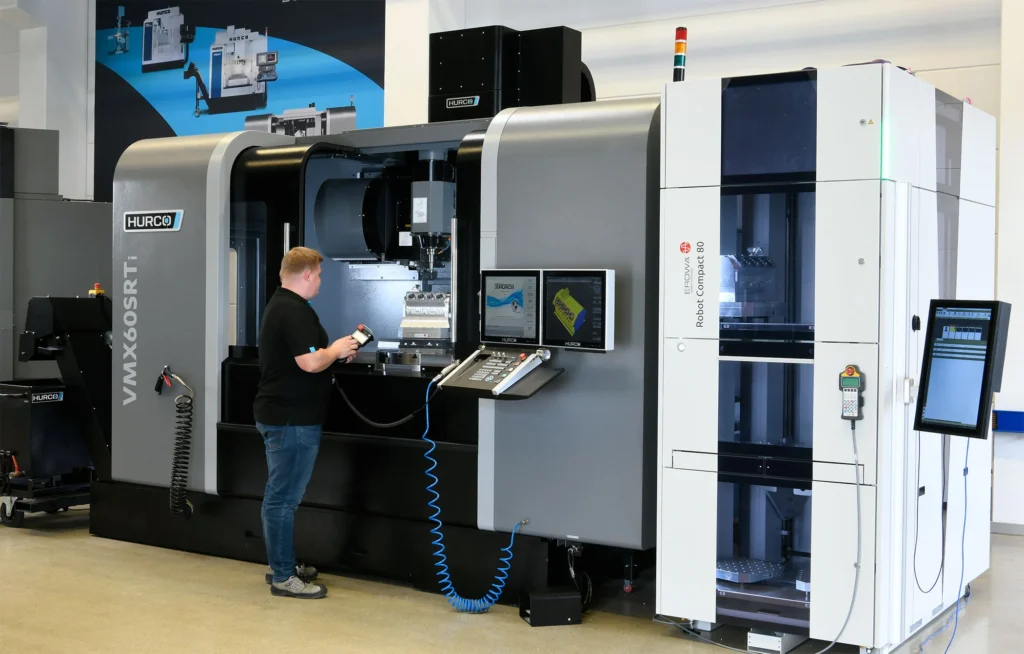
Modified CNC Milling Machines with Rotary Attachments
For shops that already own 3 axis milling machines, an affordable way to begin cnc 5 axis machining is by adding a rotary table or a tilting head attachment. These upgrades convert a standard mill into a 4 or 5 axis capable machine.
These hybrid systems are common in small to mid-size shops. They can perform indexed 5 axis machining—also known as 3+2 machining—where two axes are fixed in position during cutting. While they may not match the precision or speed of full 5 axis machining centers, they are often good enough for many parts that require access from multiple angles.
This setup is ideal for businesses just entering the world of 5 axis machining without a large investment. It’s also a good option for low-volume or prototype work.
Gantry and Bridge-Style 5 Axis Machines
When parts are large, heavy, or require extreme precision, gantry-style 5 axis machines are the top choice. These machines have a fixed work table, while the spindle moves across a large frame. The structure is very rigid, allowing for stable cuts on massive components.
Gantry 5 axis machining systems are widely used in the aerospace, shipbuilding, and mold-making industries. For example, when machining turbine casings, aircraft frames, or large dies, this setup provides the space and strength required.
Bridge-type machines are similar, but usually smaller. They also offer high stability and are good for long or wide parts. Both types support advanced machining 5 axis operations with high accuracy.
If your business involves high-value, complex, or oversized parts, investing in a gantry or bridge-type system may offer the precision and scalability you need.
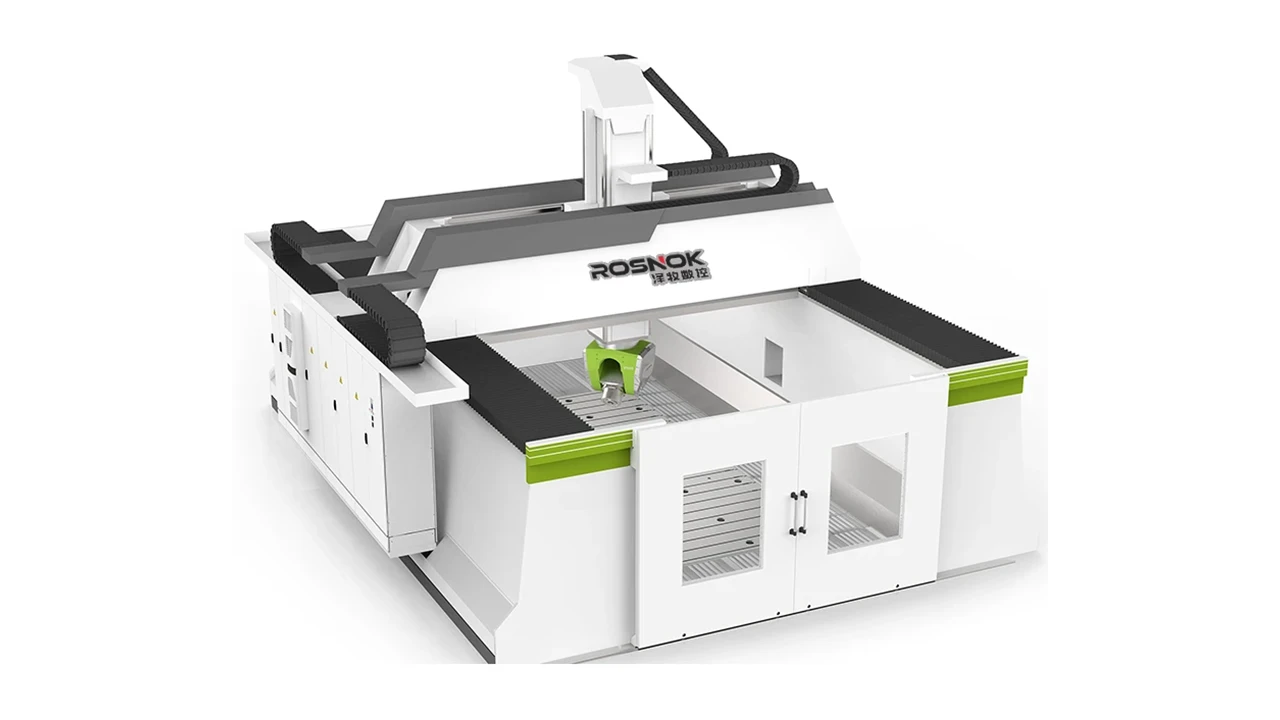
Key Benefits of 5 Axis Machining
One of the main reasons manufacturers invest in 5 axis machining is the clear, measurable value it brings to production. From reducing setup times to enabling the creation of highly complex shapes, the advantages of 5 axis machining go far beyond basic capabilities. Let’s look at three of its biggest benefits.
Complete Parts in One Setup
With traditional 3 axis or even 4 axis machines, complex parts often require multiple setups. This means stopping the machine, manually repositioning the workpiece, and re-aligning for the next operation. Each step increases time, labor, and the risk of alignment errors.
5 axis machining allows the cutting tool to approach the workpiece from multiple directions in a single setup. This significantly reduces handling and improves process stability. It also increases overall throughput, especially for parts that involve multiple faces, angles, or deep cavities. Fewer setups mean faster production, better part consistency, and lower chance of costly rework.
This benefit is one of the core reasons why industries with tight deadlines and strict tolerances—like aerospace and automotive—choose 5 axis cnc machining.
Complex Geometries Made Simple
Many modern components include angled features, curved surfaces, or undercuts that are impossible to reach with 3 axis tools. These shapes require tools to move not just up and down or side to side, but also rotate and tilt around the part.
That’s exactly what machining 5 axis technology is designed to handle. The two additional rotary axes (A and C) allow the cutting tool to stay at the optimal angle, even when working on complex surfaces or steep contours. Whether it’s a turbine blade, a medical implant, or a precision mold, 5 axis machining makes producing intricate shapes faster, more accurate, and often more cost-effective.
This also opens the door for more creative engineering designs, since you’re no longer limited by toolpath restrictions.
Better Accuracy, Finish, and Tool Life
Another major advantage of 5 axis machining is better part quality. Since tools can maintain optimal angles during cutting, there’s less stress on both the cutter and the material. This reduces tool chatter, vibration, and deflection—all of which can lead to poor surface finish and dimensional errors.
By avoiding multiple setups, you also minimize the stacking of small misalignments, which improves the final part’s accuracy. Plus, smoother, more direct toolpaths extend tool life by reducing wear.
The result? Tighter tolerances, better finishes, and lower tooling costs over time. These benefits of 5 axis machining are especially valuable in industries that demand consistent precision and surface quality, such as medical, defense, and precision mold manufacturing.
Where Is 5 Axis Machining Used?
5 axis machining is not just a buzzword — it’s a powerful tool used across industries where precision, efficiency, and complexity matter. From aerospace to dental labs, this technology allows manufacturers to shape parts that were once too difficult or costly to produce using traditional methods. Its ability to work on multiple sides of a part in one setup makes it ideal for tight-tolerance components, especially in sectors where failure is not an option.
Aerospace & Aviation
In aerospace and aviation, parts must meet extremely tight tolerances and pass rigorous quality checks. 5 axis cnc machining is used to create turbine blades, engine housings, and structural airframe components. These parts often involve complex curves, pockets, and undercuts that cannot be machined using 3 axis or 4 axis systems. The ability of 5 axis machining centers to cut from multiple angles without repositioning greatly reduces lead time and ensures consistent quality. It also helps prevent tool interference and improves the surface finish — critical in aerospace performance and safety.
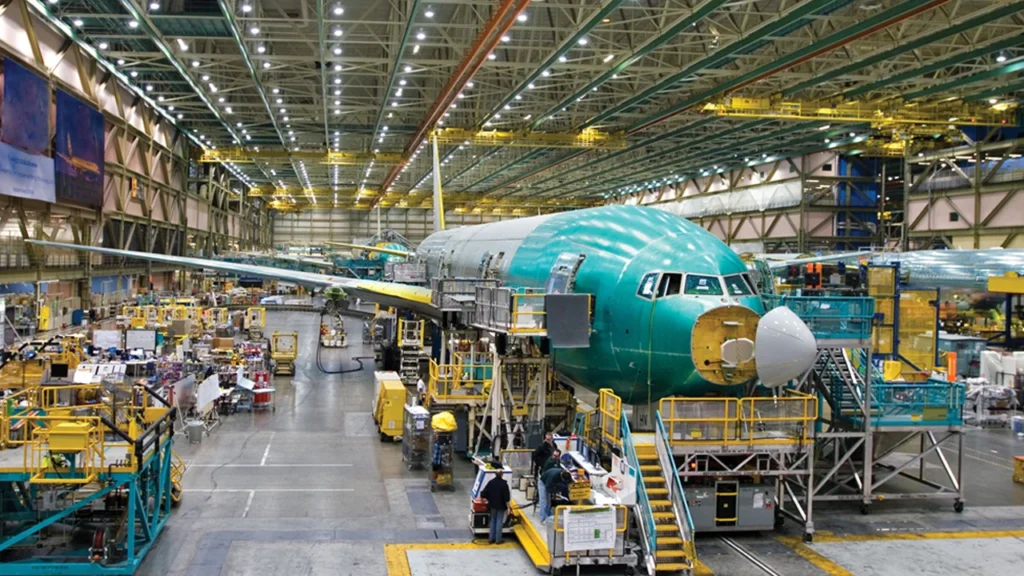
Automotive & Motorsports
The automotive and motorsports industries demand high-speed production and lightweight, performance-optimized components. 5 axis machining allows manufacturers to produce engine heads, intake manifolds, suspension parts, and brake system components with high accuracy and minimal manual rework. Compared to traditional methods, 5 axis machining cnc systems speed up production while maintaining part integrity. This is especially valuable for motorsports teams that require frequent part updates with exact geometries and superior surface finishes under tight deadlines.
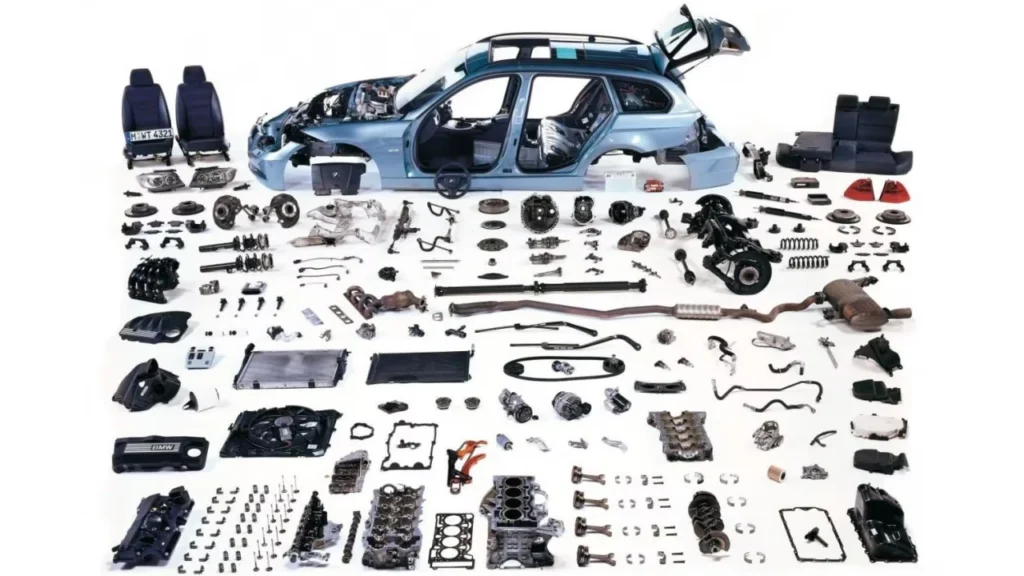
Medical & Dental Industries
Medical and dental parts are often small, intricate, and made from hard-to-machine materials like titanium. Whether it’s an orthopedic implant, a spinal cage, or a custom dental crown, the benefits of 5 axis machining become obvious. The technology enables freeform surface machining and contouring without multiple setups, making it suitable for one-off and low-volume production. cnc machining 5 axis processes are frequently used in prosthetics and surgical instrument production, where smooth surfaces and tight tolerances are essential for patient safety and comfort.
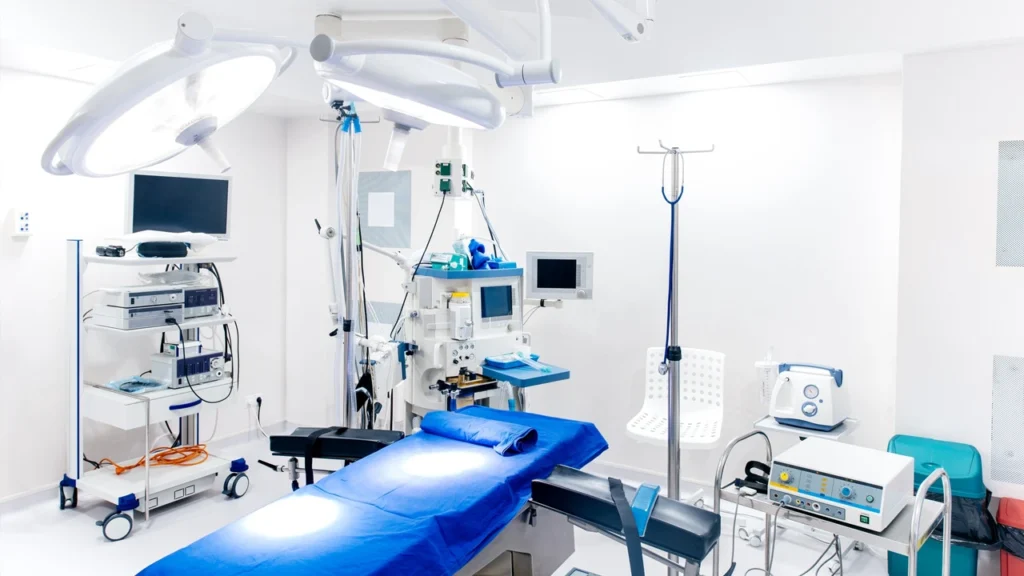
Mold & Die Manufacturing
Mold and die making is all about complexity, precision, and fine surface finishes. machining 5 axis technology allows mold makers to craft 3D contours, deep cavities, and intricate textures in a single setup. This saves time and improves accuracy, especially when creating injection molds or die-cast tooling. The smoother paths and shorter cycle times also reduce tool wear, resulting in cost savings and longer machine life. Whether it’s a plastic mold or a metal stamping die, axis 5 cnc machining is a reliable solution for modern tooling demands.
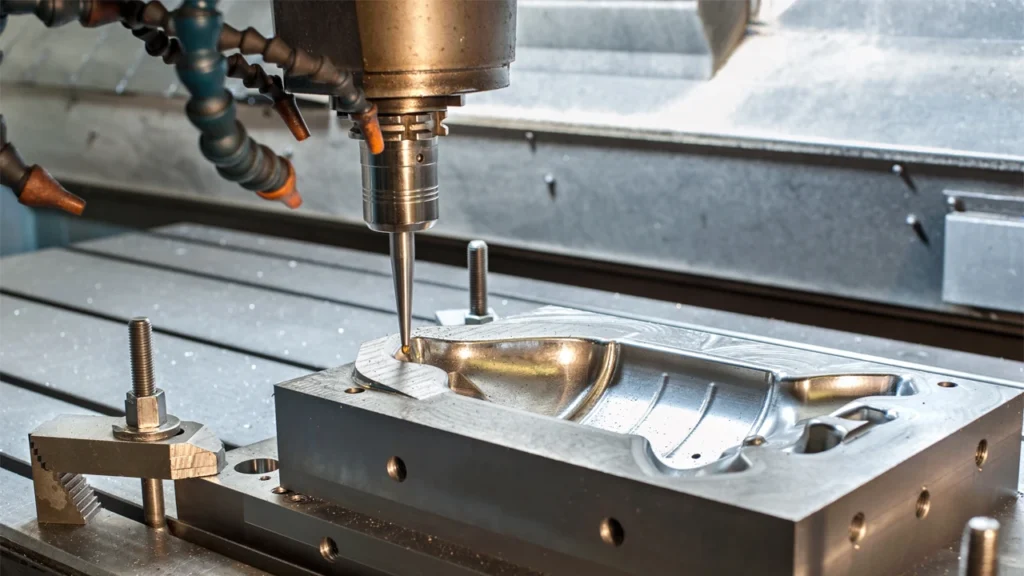
Challenges and Limitations of 5 Axis Machining
While 5 axis machining offers powerful capabilities, it’s important to understand that the technology also comes with certain limitations. From high equipment costs to the need for experienced programmers, these challenges can affect both small shops and large manufacturers. A balanced view helps potential users make more informed decisions and avoid common pitfalls in implementation.
High Cost of Machines and Setup
One of the biggest barriers to adopting 5 axis machining is the initial cost. Dedicated 5 axis machining centers or modified cnc milling machines with rotary axes often require a significant investment. Beyond the machine itself, companies must also factor in expenses like high-end CAM software, advanced tooling, and custom fixturing. In many cases, the total startup cost can exceed that of a standard 3-axis setup by a wide margin. For smaller shops or those with limited production volume, this can be a tough entry point. However, when used to its full potential, 5 axis cnc machining can deliver a solid return on investment over time.
Skilled Operator and Programmer Requirements
Operating a 5 axis machining cnc system is far more complex than running a basic 3 axis machine. It requires skilled professionals who are comfortable with CAM programming, 3D toolpath generation, and collision detection. Understanding machine kinematics and axis limitations is critical to avoid crashes and optimize performance. Additionally, programming for machining 5 axis parts demands a strong grasp of software simulation tools and real-world machining behavior. Without the right talent, even the best equipment can’t reach its full potential — making staff training or hiring a skilled programmer a necessary part of the investment.
Precision Demands Frequent Calibration
Because 5 axis machining involves continuous multi-directional movement, even minor misalignments or wear can cause cumulative errors. This makes regular calibration and maintenance essential. Machines must be routinely checked for axis alignment, backlash, and rotary accuracy. Unlike simpler machines, 5 axis systems are more sensitive to environmental factors and mechanical drift. If not properly maintained, the precision advantage of cnc 5 axis machining can quickly diminish. Some shops may need to invest in automated probing systems or rely on professional technicians to keep the machines performing at peak accuracy.
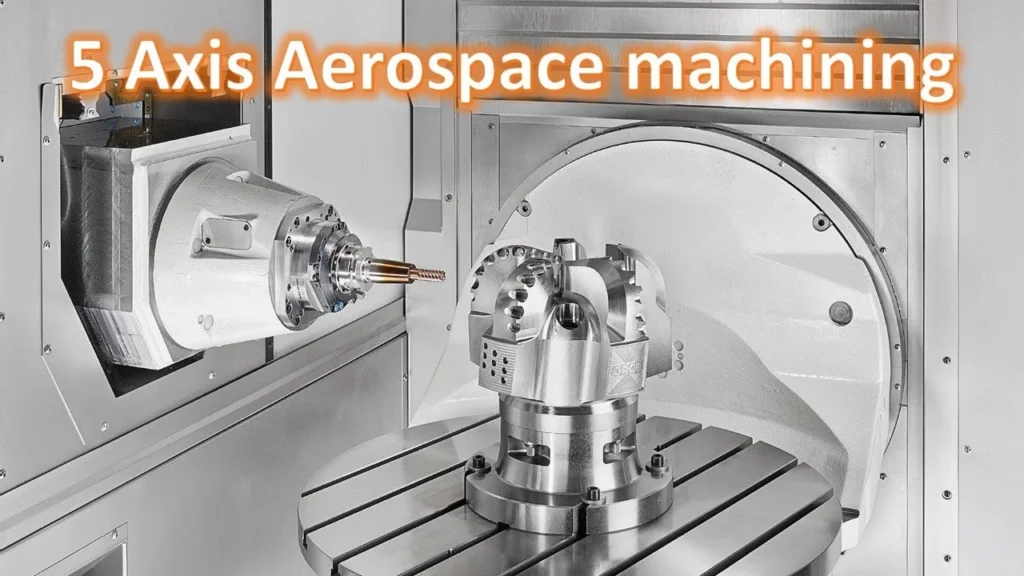
Is 5 Axis Machining Right for Your Shop?
5 axis machining offers advanced capabilities, but that doesn’t mean it fits every workshop. Before investing, it’s important to evaluate your specific production needs, part designs, and long-term goals. Not all shops require the power of simultaneous multi-axis movement, but for those who do, the payoff can be substantial.
When to Choose 5 Axis over 3 Axis
If you’re regularly facing parts with deep cavities, undercuts, or complex contours, 3 axis machining may hold you back. A 5 axis machine allows the tool to approach the workpiece from virtually any angle. This reduces the need for multiple setups and custom fixtures. For jobs requiring high surface quality or intricate geometry—like turbine blades, medical implants, or injection molds—5 axis machining is often the only practical solution. It’s especially beneficial for industries with tight deadlines, low tolerances, and high-quality demands. If you find yourself reorienting parts repeatedly or outsourcing complex tasks, it’s time to consider an upgrade.
ROI: Long-Term Value vs. Initial Cost
Yes, the initial cost of a 5 axis machining center can be high. But when evaluating return on investment, think beyond the price tag. With 5 axis cnc machining, you’ll save hours on setups, avoid secondary operations, and minimize errors. Over time, this translates to faster project completion, better consistency, and less labor input. If your shop handles high-mix, low-volume work or custom components, the flexibility of cnc 5 axis machining means fewer bottlenecks and more profit. Additionally, higher precision often leads to fewer rejections and reduced material waste—further boosting your bottom line.
How to Choose the Right 5 Axis Machine
Choosing the right 5 axis machining system is more than just picking the most expensive machine on the market. It’s about matching the machine’s structure, performance, and software compatibility with your specific production goals. Different setups offer different strengths, and understanding these differences can help you make a smart, cost-effective decision—without the stress of trial and error.
Table Style vs Head Style: Which Is Better for You?
In 5 axis machining, the way the axes are arranged affects how the machine moves and what it’s best at. The most common configurations include table-table, head-table, and head-head.
- Table-Table designs rotate the part itself. This is often seen in compact machines and is great for smaller, detailed parts where the workpiece must be moved with high precision.
- Head-Table systems combine a tilting rotary table with a swiveling head. They’re highly versatile and work well for medium to complex parts, especially when you want to minimize part movement and maintain accuracy.
- Head-Head designs move the cutting tool, not the part. This setup is typically used in large gantry machines or aerospace applications, where the workpiece is too heavy or large to rotate.
Each style has trade-offs in terms of rigidity, speed, accessibility, and part size. Knowing your typical workpieces will help you choose the format that fits best.
What to Look For in a 5 Axis System
When evaluating a 5 axis machining center, don’t focus only on the brand or price tag. Key specifications include:
- Spindle speed and power: These affect your ability to cut different materials efficiently.
- Rotary range and accuracy: A wide and precise rotation range enables complex contouring and reduces repositioning.
- CAM software compatibility: Not all 5 axis machines work well with every software. Ensure your system integrates with CAM tools like Mastercam, NX, or Fusion 360.
- Build quality and support: Machines built with rigid structures and high-end components last longer and require less calibration.
- After-sales service: Fast, reliable support matters. Look for suppliers with local presence, spare parts availability, and technical training services.
Ultimately, finding the right cnc 5 axis machining solution means aligning technical specs with your workflow, team experience, and part complexity. The goal is to boost productivity, not just to buy high-tech equipment for the sake of it.
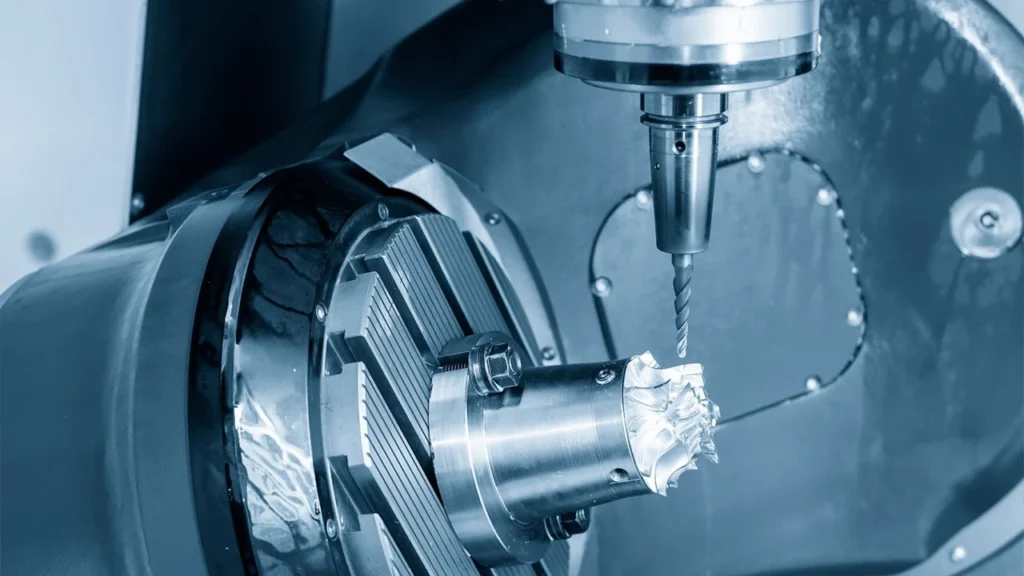
Future Trends in 5 Axis Machining
As manufacturing continues to evolve, so does 5 axis machining. New technologies are pushing its capabilities further—making machining smarter, faster, and more adaptive. From automation to hybrid systems, let’s look at the innovations shaping the next generation of CNC 5 axis machining.
Automation and AI Integration
One of the biggest trends is automation. Modern 5 axis machining centers are being paired with intelligent systems that can make real-time decisions. Features like automatic tool measurement, in-process part probing, and adaptive speed control help machines react to real conditions instead of following fixed paths. AI-assisted systems can optimize toolpaths based on geometry and material feedback. Some setups include closed-loop feedback mechanisms that monitor tool wear or thermal changes and adjust parameters automatically. This not only increases accuracy but also protects the machine and extends tool life. These smart upgrades are especially valuable in high-mix, low-volume manufacturing where setup time is critical.
Hybrid Machining: Additive + 5 Axis Subtractive
Another innovation is the integration of additive manufacturing with traditional subtractive 5 axis machining. These hybrid machines combine laser metal deposition (LMD) or metal 3D printing with precise multi-axis cutting. For example, a part can be built up layer by layer using a laser head, then immediately refined using a 5 axis tool in the same setup. This allows for internal channels, complex geometries, or part repairs that weren’t possible before. Hybrid systems are gaining traction in aerospace and medical industries where material waste, complexity, and part lifecycle all matter. They also open new doors for rapid prototyping and low-volume custom production using cnc machining 5 axis technology.

Conclusion
5 axis machining represents a powerful evolution in manufacturing technology. By enabling movement across five axes—X, Y, Z, and two rotary axes—it solves key challenges in precision, geometry complexity, and production efficiency. Whether you’re working with aerospace components, automotive molds, or medical implants, this method minimizes setups, improves accuracy, and unlocks advanced shapes that traditional machining simply can’t handle.
As the demand for smarter, more flexible solutions grows, the role of 5 axis machining will only become more central in modern manufacturing. For businesses seeking high-performance equipment, understanding the difference between simultaneous and indexed systems, knowing when to upgrade from 3 axis, and choosing the right machine style are critical steps.
At Rosnok, we specialize in advanced CNC systems including robust 5 axis machining centers and custom-configured solutions that match your specific production goals. Our machines are built for global industries that demand reliability, precision, and long-term value. If you’re exploring 5 axis cnc machining options or want to compare setups, our team is here to guide you with expert recommendations tailored to your application needs.
